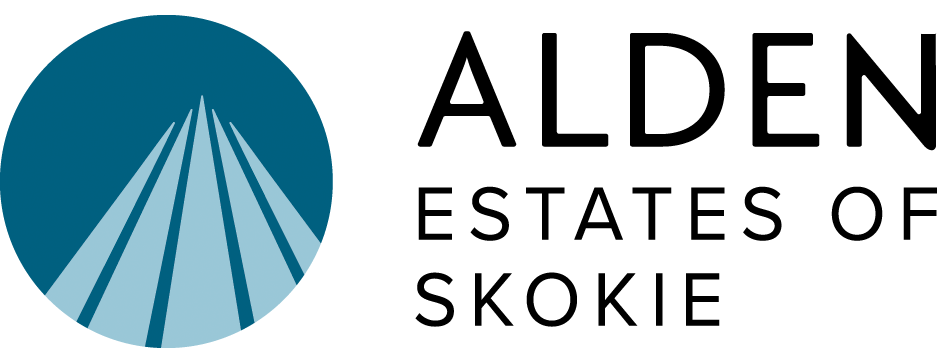Don’t Wait to Rehabilitate

Experiencing a stroke can be life-altering, but it doesn’t have to mean the end of an independent and fulfilling life. The American Heart Association states that almost 80% of stroke survivors continue to live in the community, many in their own homes. And more than one in 10 stroke survivors make a complete recovery.
For older adults, the key to the best possible outcome often comes down to how quickly someone starts rehabilitation. Timely rehabilitation can significantly impact recovery, reduce complications, and enhance quality of life.
The days and weeks immediately following a stroke are often referred to as the “window of opportunity” for recovery. During this period, the brain is most adaptable and capable of relearning skills that may have been affected, such as speaking, walking, or using your hands. Quick participation in rehabilitation gives individuals the best chance at regaining lost abilities.
“In the initial weeks after a stroke, the brain is ready to undergo maximum rewiring to get people back on their feet,” said Dr. Cramer, a stroke neurologist and professor of neurology at the David Geffen School of Medicine at UCLA and the California Rehabilitation Institute. “Rehab therapy helps maximize this recovery, with higher rehab therapy doses helping more.”
Without rehabilitation, the risk of long-term complications such as muscle weakness, joint stiffness, or difficulty with balance and coordination increases. Physical therapy can help rebuild strength and mobility, while occupational therapy focuses on restoring the ability to perform everyday tasks. Speech therapy can address challenges in communication and swallowing. Starting these therapies early prevents secondary complications and helps stroke survivors regain their independence more quickly.
Emotional and cognitive benefits
A stroke doesn’t just affect the body; it can also impact mood and cognitive function. Rehabilitation often includes psychological support and cognitive exercises that help address memory, attention, and problem-solving skills. This holistic approach ensures that emotional well-being and mental sharpness are prioritized alongside physical recovery. Experts say the best results are achieved with the combined efforts of the patient, their health care team, and their family members.
Improving long-term outcomes
Research has consistently shown that individuals who begin rehabilitation soon after a stroke experience better long-term outcomes. They are more likely to return to their daily activities, participate in their communities, and maintain a higher quality of life. Delaying rehabilitation, on the other hand, can result in slower recovery and diminished outcomes, making it harder to regain independence.
Finding the right rehabilitation program
It’s important to work with healthcare providers to identify a stroke rehabilitation program that meets your needs. Many programs are tailored to address specific challenges and include a team of specialists who work together to provide comprehensive care.
Specialty Post-Acute Rehabilitation Programs like those at Alden help individuals become as independent as possible following an injury, surgery, or illness. Daily individualized therapy sessions help patients regain the stability, functionality, and confidence they need to function to the best of their ability when they return home.
If you or a loved one has experienced a stroke, don’t wait. Seek rehabilitation services as soon as possible to maximize recovery potential and pave the way for a brighter, more independent future. Use our online search tool to find a location near you.
This article is not intended to replace the advice of your health care provider.
Source: IlluminAge with information from David Geffen School of Medicine at UCLA.


